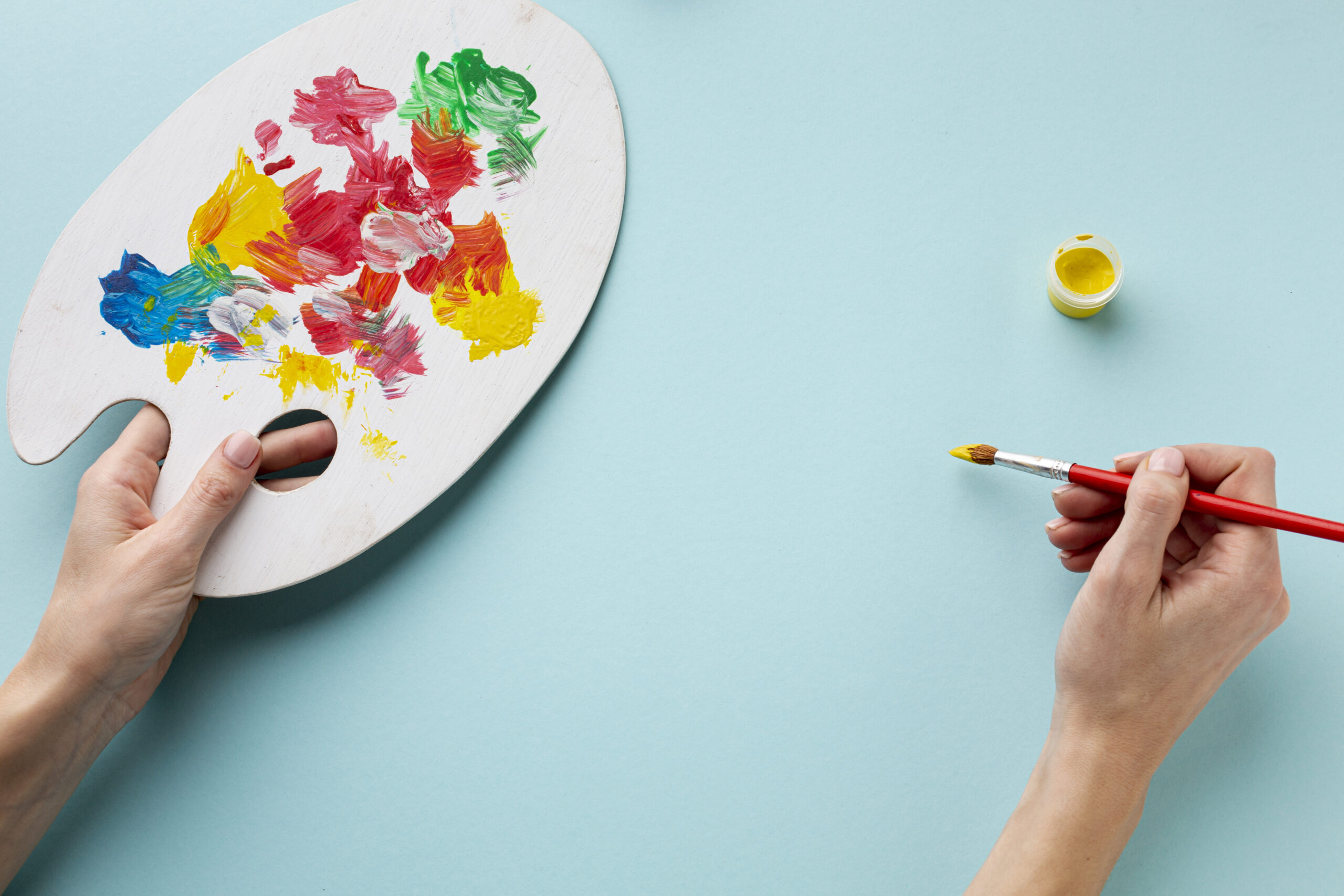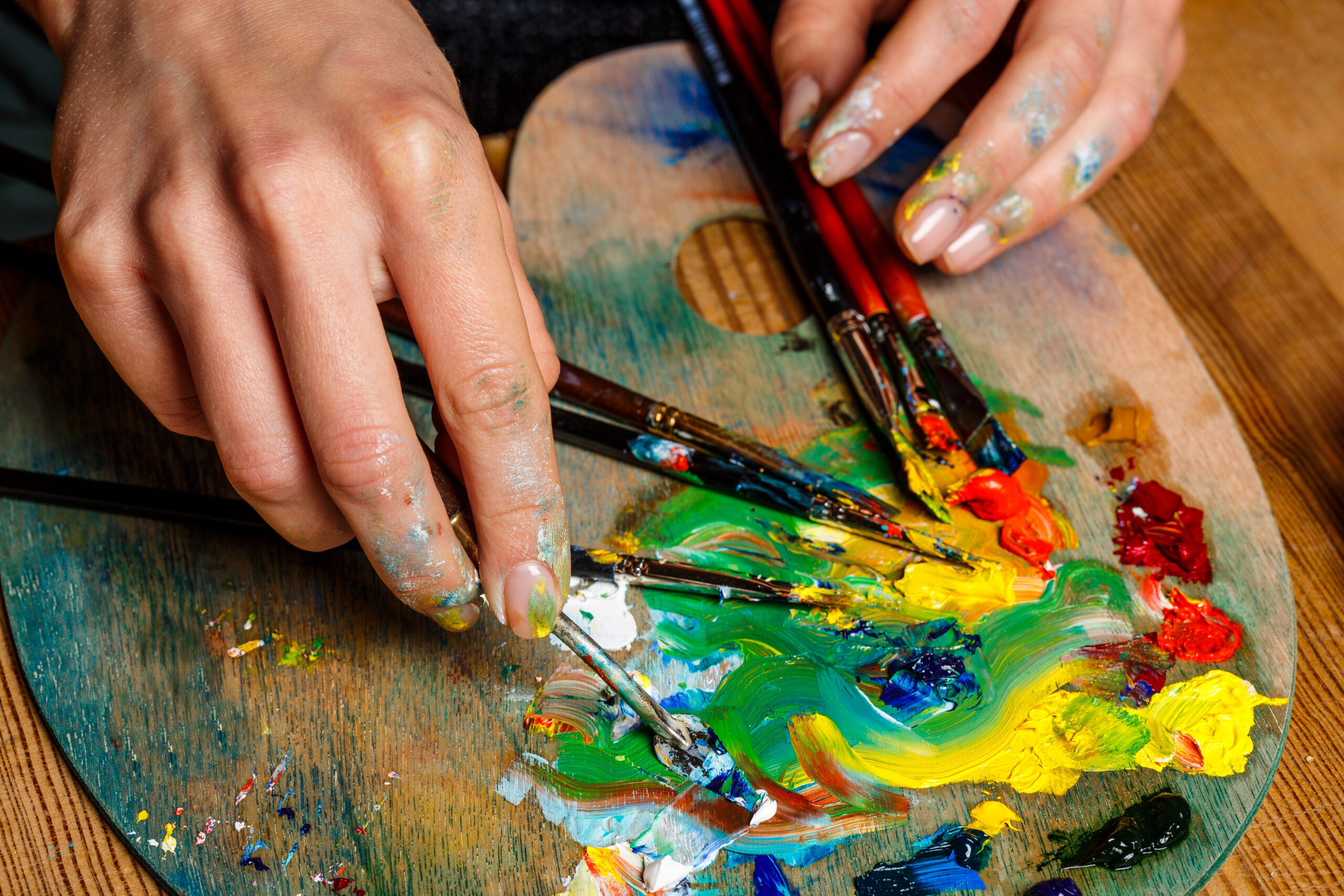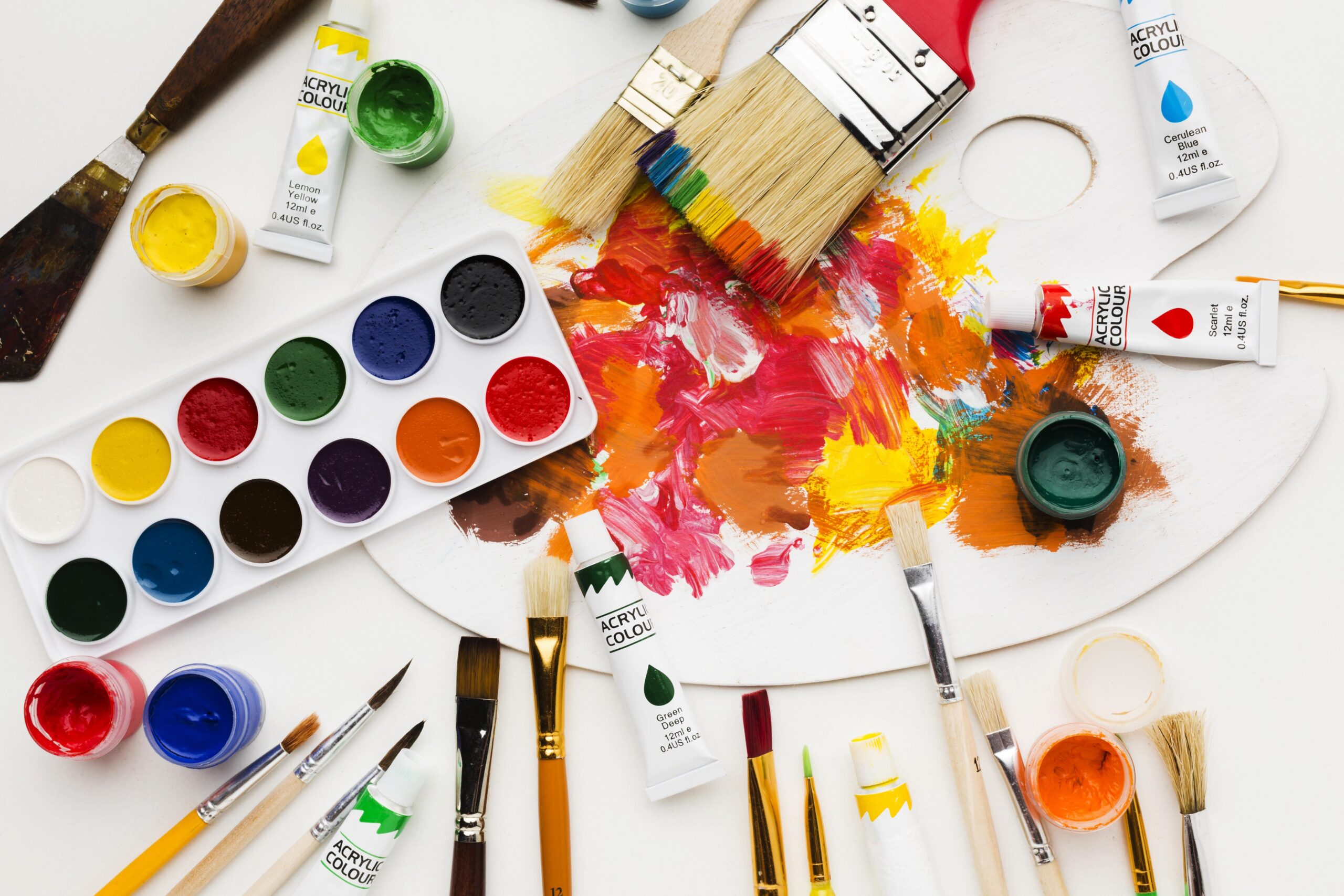Art therapy is a form of expressive practice that uses the creative process of making art to improve mental, physical, and emotional well-being. It is often used as a complementary treatment alongside traditional talk therapy or medication and can be beneficial for individuals of all ages and backgrounds.
How Art Therapy Works
Art therapy allows individuals to express themselves through various forms of art, such as painting, drawing, sculpting, and other forms of creative articulation. The focus is on the process of creating rather than the end result and the therapist may guide the individual in exploring their thoughts and emotions through the art-making process. Through the use of art materials, individuals are able to tap into their subconscious and express themselves in ways that may be difficult to verbalize. This can be particularly helpful for those who struggle with communicating their thoughts and feelings through traditional talk therapy.
Benefits of Art Therapy for Mental Health
Art therapy has been shown to have numerous benefits for mental health, including:
Stress reduction: Creating art can be a calming and meditative process, helping to reduce feelings of stress and anxiety.
Emotional regulation: By exploring their emotions through art, individuals can learn to regulate their emotions and develop coping skills for managing complicated feelings.
Self-discovery: Art therapy can help individuals gain a deeper understanding of themselves, their experiences, and their relationships with others.
Trauma processing: Art therapy can be particularly beneficial for individuals who have experienced trauma, as it allows them to express and process their feelings in a safe and supportive environment.
Improved communication: Art therapy can help individuals develop better communication skills, particularly for those who struggle with verbal communication.
Applications of Art Therapy
Depression and anxiety: Art therapy can help individuals manage symptoms of depression and anxiety by providing a creative outlet for expressing difficult emotions.
Post-Traumatic Stress Disorder (PTSD): Art therapy has been shown to be effective in treating PTSD by helping individuals process and express traumatic experiences.
Substance abuse and addiction: Art therapy can be used as a part of a comprehensive treatment plan for substance abuse and addiction, helping individuals develop coping skills and explore underlying emotional issues.
Autism Spectrum Disorder (ASD): Art therapy can be beneficial for individuals with ASD, as it provides a non-verbal way of communicating and can help with social skill development.
Conclusion
Art therapy is a powerful tool for improving mental, physical, and emotional well-being. By using the creative process, individuals are able to express their feelings in ways that may be difficult to express through words or actions. This leads to improved communication, emotional control, and self-discovery. With its wide range of applications, art therapy has the potential to be an effective treatment option for all age groups and backgrounds.





